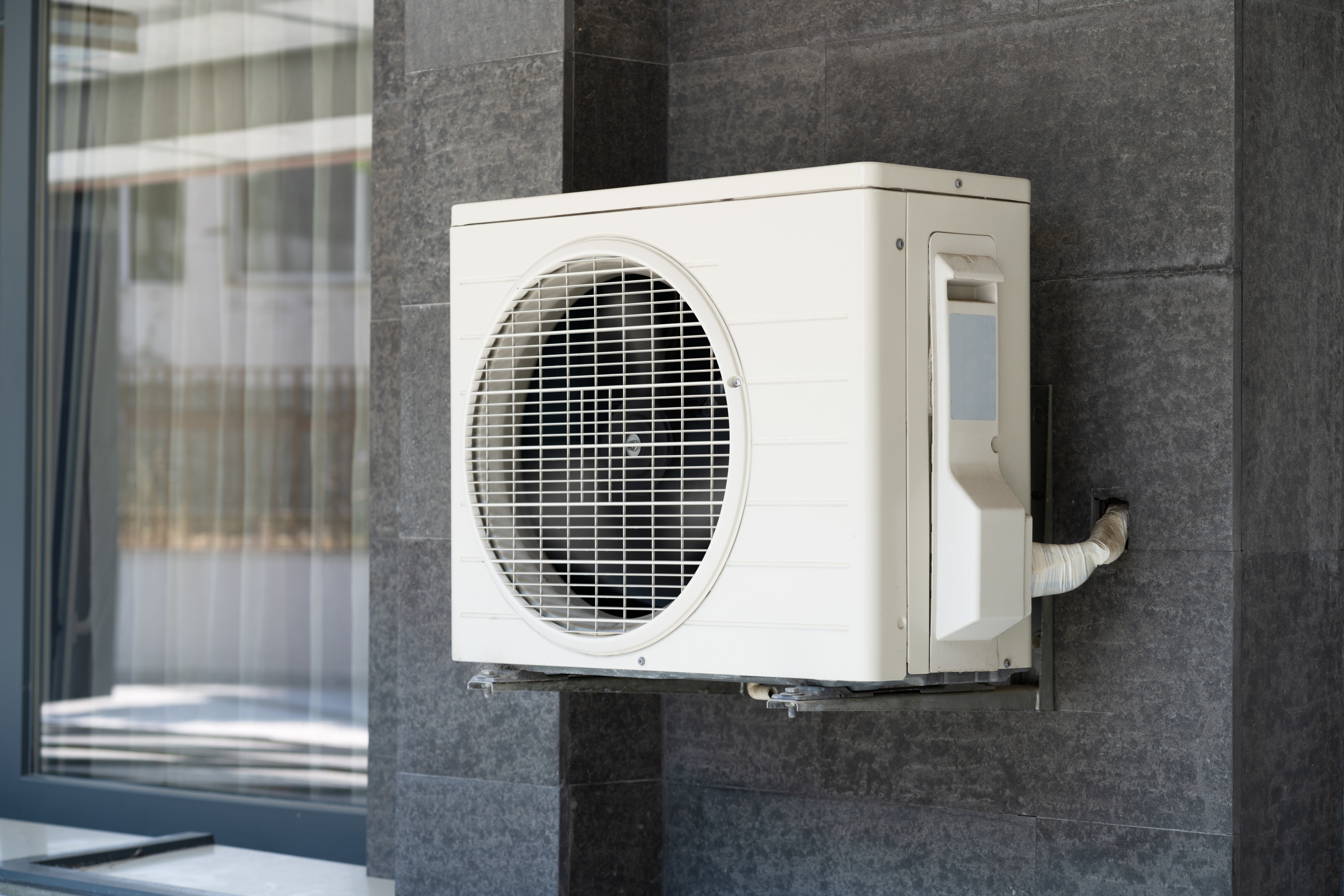If this is your first time having a major HVAC installation completed, you likely have many questions. You’re probably wondering what will happen during your appointment. It’s worth noting that individual installations will certainly vary a bit based on the unique needs of the home and customer. In the sections ahead, we go over what you can generally expect during an installation from a top company like Specialty Heating & Cooling LLC. Note that most heat pump installations take between four and eight hours, but certain installation requirements can extend the time required.
Duct Installation or Expansion
Heat pumps are centralized HVAC systems that require a duct network. For most replacements, this step will not be necessary as the ducts will already be in place. If you are having a central system installed for the first time, this work will occur before anything else. This is true of duct expansion as well. The added work will extend the time frame beyond the estimate mentioned above. Having everything completed in a single day is possible. If you have a larger home, you should expect between two and four days for a complete installation.
Removal of the Old Equipment
When the HVAC installation team arrives, the removal of your existing equipment will be the first step. Removal and proper disposal of the old HVAC equipment are normally included in the installation estimate. According to EPA standards, the technician will use a recovery machine to drain any refrigerant from the heat pump or air conditioner into a recovery tank. The technician will then disconnect the various units from the electrical system and HVAC system and remove them from the premises for proper disposal.
Duct Inspection and Repair
The next phase is to inspect the ducts and ensure that they are sealed and insulated. This work is done after the removal of the old equipment for easier access. If any ducts have become separated, the team will reattach and tape them. If any ducts are too long, they may need to be shortened. The installers will also replace duct insulation as necessary and optimize duct resistance if needed.
Prepping the Installation Area
The next step in a heat pump installation is to prepare the area. Many believe that a heat pump replacement is as simple as disconnecting the old unit and attaching the new one. This is not the case. If the system has an outdoor component, the ground needs to be leveled again. The team will also install a new composite pad to serve as the base. Both indoors and outdoors, the electrical connections need to be replaced per the building code. The high- and low-voltage electrical lines cannot be reused, for instance. HVAC contractors will generally go above and beyond when it comes to replacing old connections. This removes any variables and helps to avoid unexpected issues.
Conversion or Upgrade If Necessary
This is the phase during which any necessary conversions are completed. For most installations and replacements, this may be unnecessary. If you’re transitioning from a gas furnace and those connections are no longer needed, they will be required. This is also necessary if your HVAC equipment hasn’t been serviced or updated in decades.
The building code demands that gas connections be appropriately closed. An example of an upgrade is a customer who did not have an air conditioner installed. That will require an electrician to inspect the electrical system, make upgrades as needed, and run completely new lines to the electrical panel.
Installation of the New Equipment
Once all of the installation areas are prepped, the team will install the new air handler and heat pump. If you’ve opted for a split system, which is common, there will be an outdoor unit and an indoor unit. Packaged systems have just an outdoor unit. For most customers in our service area, we’ll likely install a heat pump and perhaps a new thermostat. If you opt for a dual-fuel system, we’ll also install a gas furnace that will deliver auxiliary heat during particularly cold temperatures. If you decide on zoned HVAC, this can be achieved in two ways. The first method is through the installation of a variable-speed air handler and dampers. The second method involves the installation of one or more ductless mini-splits.
Calibration and Inspection
Your HVAC technician will perform a multipoint inspection. This is to ensure that all work has been completed to code and the company’s standard. It also allows them to double-check all electric connections. If a new thermostat is installed, a technician will calibrate and program it. Programming it will require your input, such as your work and sleep hours. A new air filter will be installed in the return vent. The installer will then start the system for the first time. The team will then let it run for a bit so they can listen to how it’s working. This will also allow pressure to normalize in the ducts. The final step is to test static air pressure. This is done with a static pressure meter that the technician holds up to each vent.
Cleanup and Finishing Touches
The installation team will then remove all materials, such as cardboard and packing materials, from the home. The next step is to clean all the equipment. Technicians will also check all exterior screws, doors, and lubricant. Finally, they’ll perform a safety check in order to ensure that nothing has been left behind that could prove to be a hazard.
The Final Review
The final step in your heat pump installation is the walkthrough. The technician will explain everything you need to know about the system and maintenance requirements, including the warranty. This process will also involve showing you how to use the thermostat if a new unit has been installed. They can help you complete the process of setting up a schedule that will take advantage of the energy efficiency of your new heat pump. This is also your opportunity to ask any questions or express any concerns.
Many local governments require a permit and code review. This needs to be completed before the HVAC contractor finalizes the job. Having the government inspector come to your home to sign off on the installation can happen the same day. In most cases, this is a routine inspection that only takes 10 minutes or less. Code inspections are generally used for the installation of a new heat pump and ducting in a newly built home.
Your Local Heat Pump Experts Serving Tigard and Beyond
If you’d like to have a new heat pump installed in your Tigard home, Specialty Heating & Cooling LLC is the company to trust. Our team has decades of experience installing and replacing heat pumps in area homes. We are also a 13-time Carrier’s President Award winner. Our company also performs installations, maintenance, and repairs of air conditioners, furnaces, mini splits, air purifiers, water heaters, and generators. Call us today to schedule an appointment or consultation. You can also contact us online with any questions that you may have about heat pumps.


